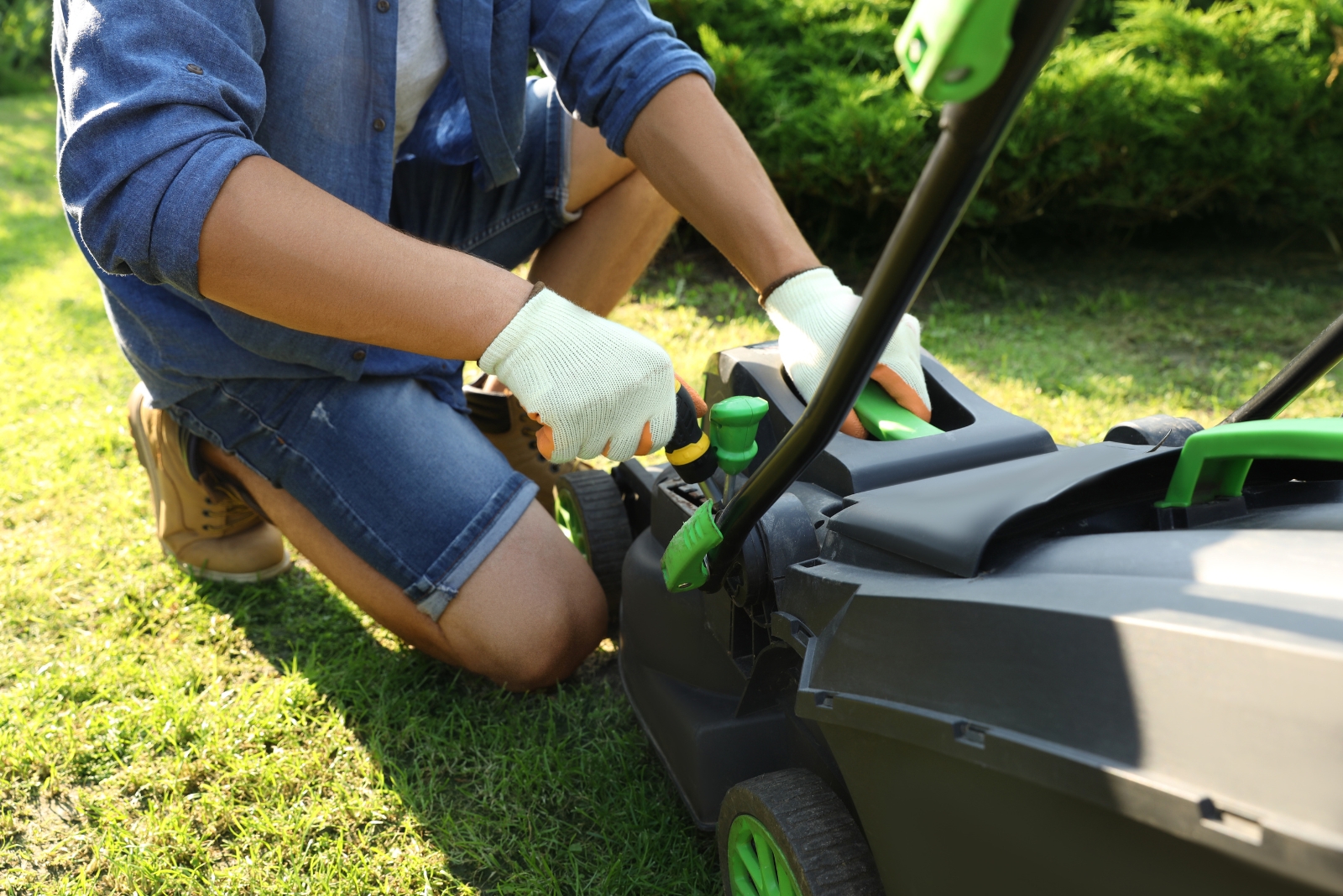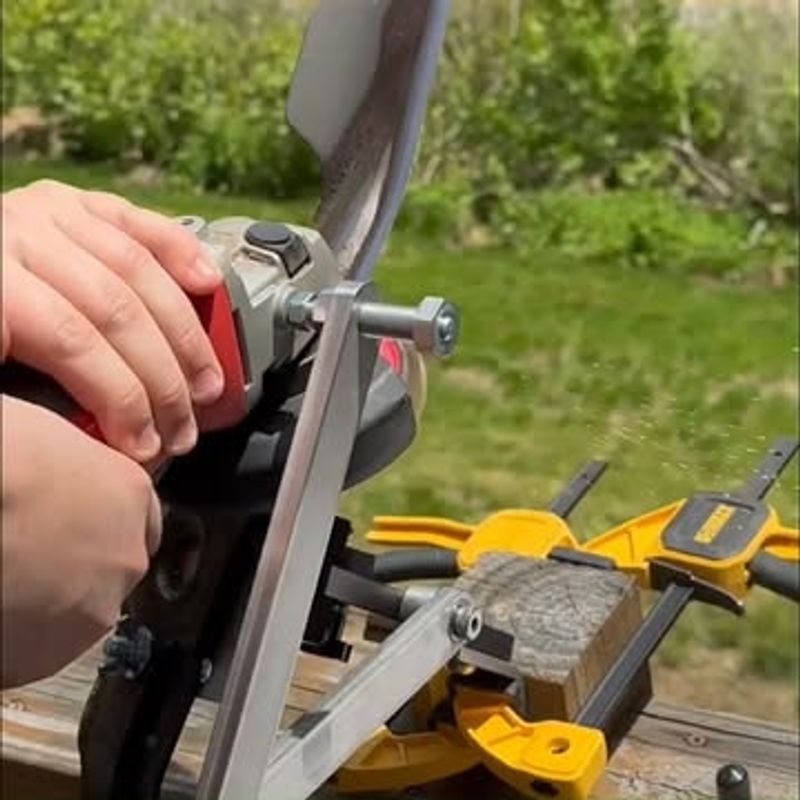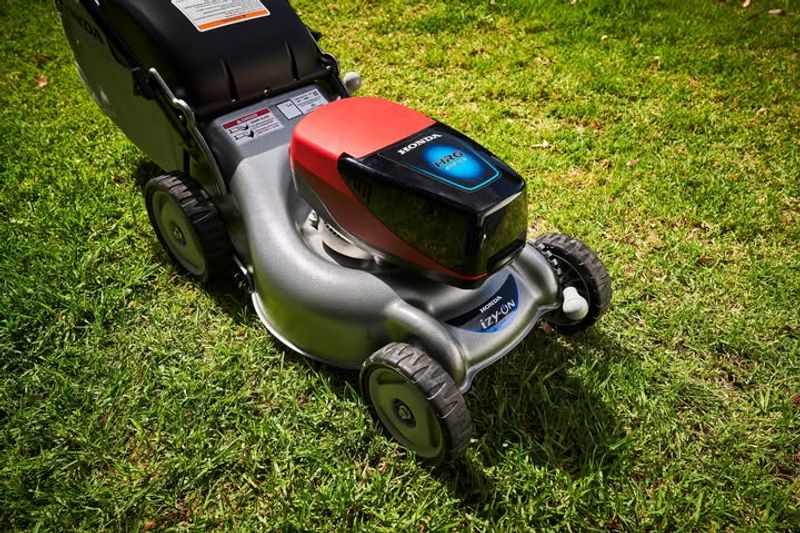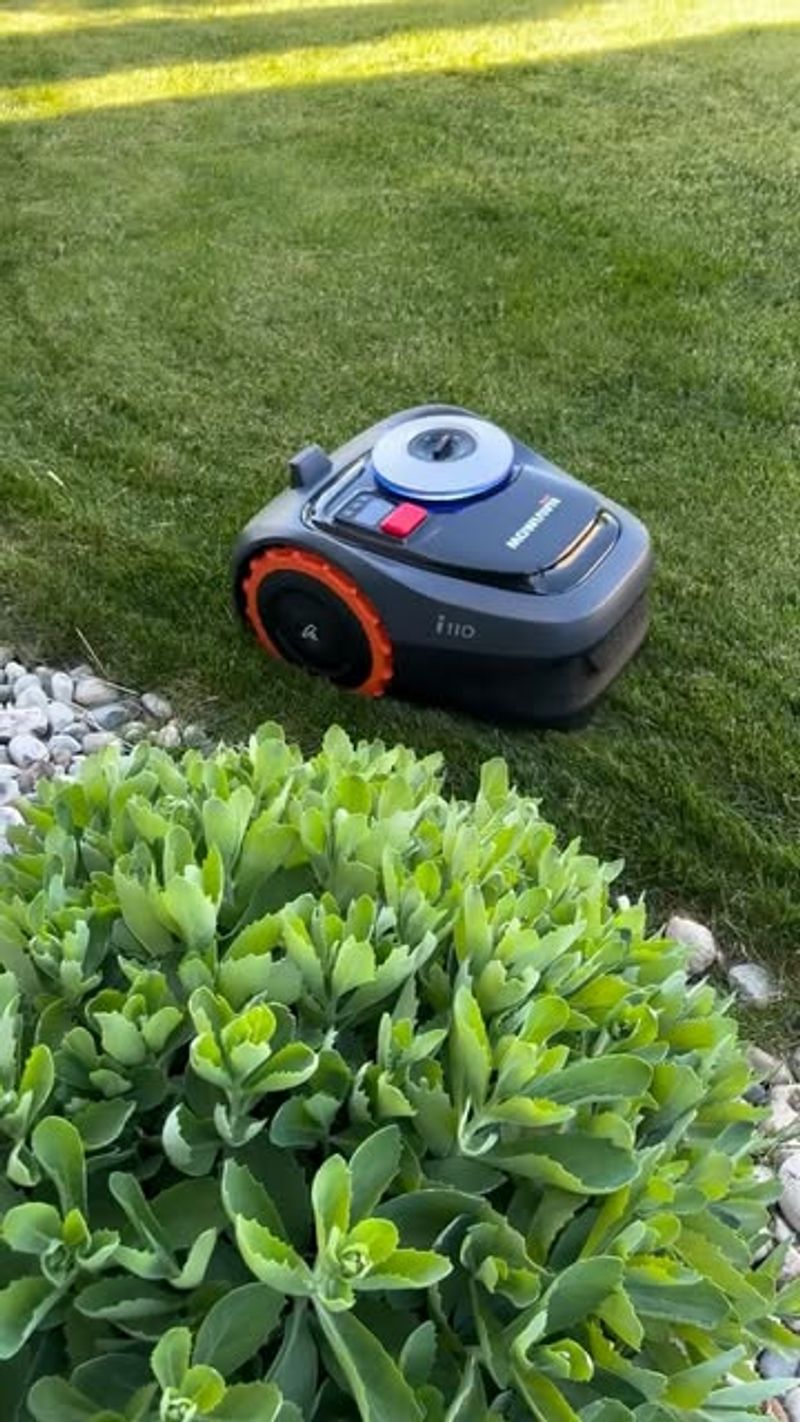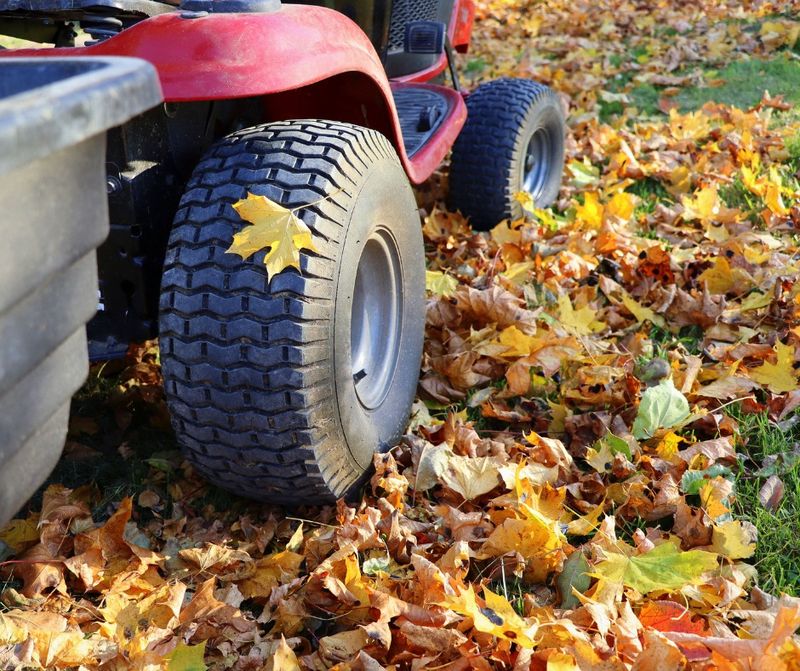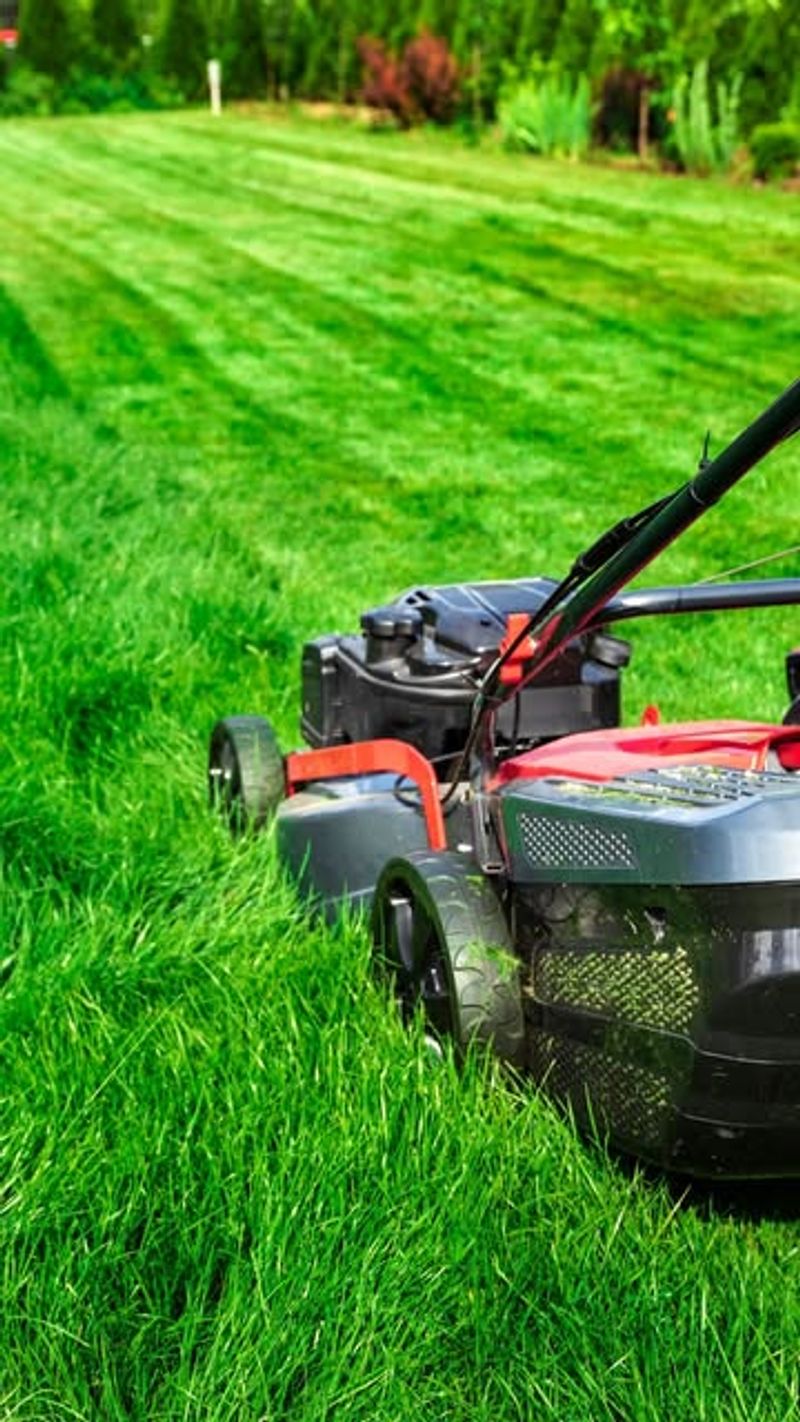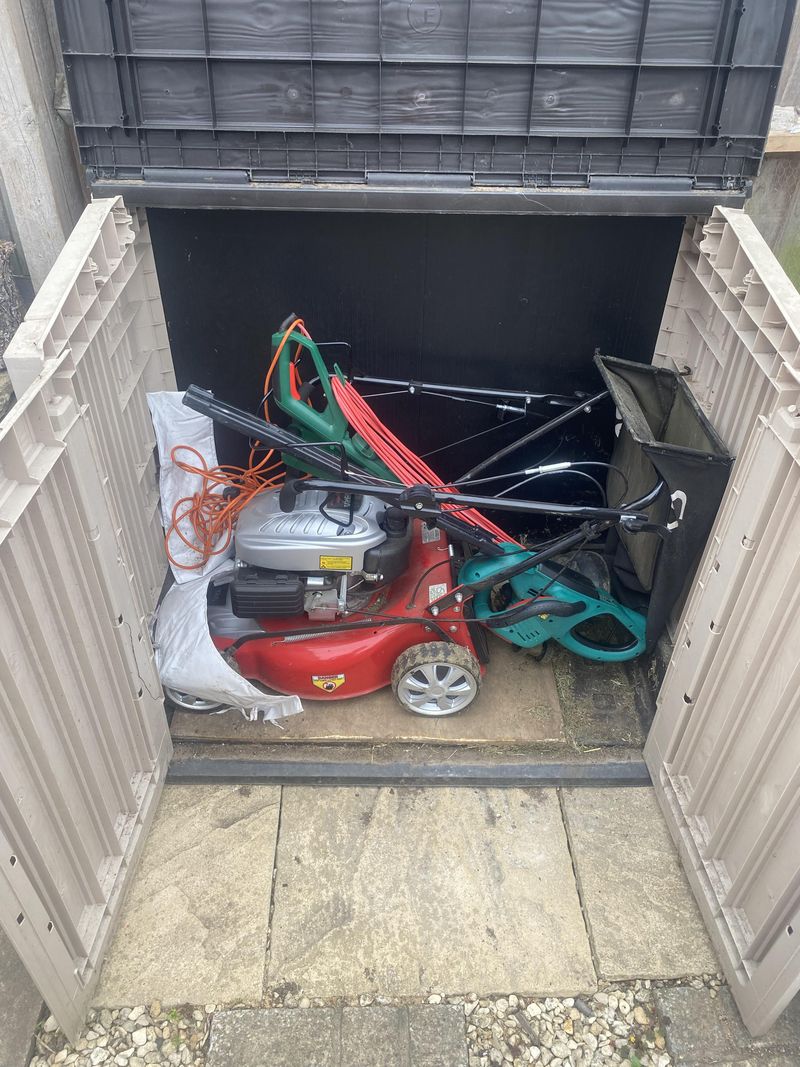November places Illinois lawns in a transition stage. Growth slows, leaves pile up, and the grass shifts into its winter mindset. Many homeowners assume the mowing season ends once the first frost hits, yet this month plays a larger role than it gets credit for.
The choices made now influence how healthy and green the lawn will look once spring returns. A few smart adjustments help the turf settle in comfortably before the cold truly takes hold.
1. Gradually Lower Your Mower Blade Height
Grass grows slower as temperatures drop in Illinois, so adjusting your blade height becomes essential. Start by cutting your lawn at the regular height early in November, then gradually lower it with each mowing session.
By the final cut of the season, aim for about two to two-and-a-half inches. Going too short too quickly can stress your grass and leave it vulnerable to winter damage.
Gradual adjustments give your lawn time to adapt properly.
2. Keep Your Mower Blades Sharp
Dull blades tear grass instead of cutting it cleanly, leaving ragged edges that turn brown and invite disease. Sharp blades create clean cuts that heal faster and keep your Illinois lawn looking fresh even as temperatures drop.
Check your mower blades before each November mowing session. If they look worn or damaged, sharpen or replace them immediately.
Your grass will thank you by staying healthier throughout the winter months ahead.
3. Mow When Grass Is Dry
November mornings in Illinois often bring heavy dew and frost, making grass wet until late morning. Wet grass clumps together and clogs your mower, creating an uneven cut that looks messy.
Wait until the grass dries completely before you start mowing. Mid-afternoon usually works best during this time of year.
Dry grass cuts cleaner, mulches better, and puts less strain on your mowing equipment throughout the season.
4. Mulch Fallen Leaves Into Your Lawn
Fallen leaves can smother your grass if left in thick piles, but running over them with your mower creates free fertilizer. Chopped-up leaves break down quickly and return valuable nutrients to the soil.
Make several passes over heavily covered areas to shred leaves into small pieces. Mix them thoroughly with grass clippings for the best results.
Your Illinois lawn gets a natural nutrient boost without any extra cost or effort required.
5. Continue Mowing Until Growth Stops
Many homeowners stop mowing too early, but grass continues growing until temperatures consistently stay below 40 degrees. In Illinois, this usually happens in late November or early December depending on the weather.
Keep an eye on your lawn and mow whenever it grows tall enough to need cutting. Skipping those final mowings can leave grass too long going into winter.
Overgrown grass becomes matted under snow and develops disease problems come spring.
6. Avoid Mowing Frozen Grass
Frozen grass blades become brittle and break easily when cut, causing serious damage to your Illinois lawn. Walking or driving mower wheels over frozen turf also compacts the soil and crushes grass crowns.
Wait for frost to melt completely before attempting to mow. Check shaded areas carefully since they stay frozen longer than sunny spots.
Patience protects your lawn from unnecessary harm that takes months to recover from later on.
7. Clean And Store Your Mower Properly
After your final November mowing, give your equipment the care it deserves before winter storage. Remove all grass clippings, dirt, and debris from the deck, blades, and engine area.
Change the oil, replace the air filter, and add fuel stabilizer to prevent engine problems. Store your mower in a dry location away from moisture.
Proper maintenance now ensures your mower starts easily and runs smoothly when spring arrives again in Illinois.

